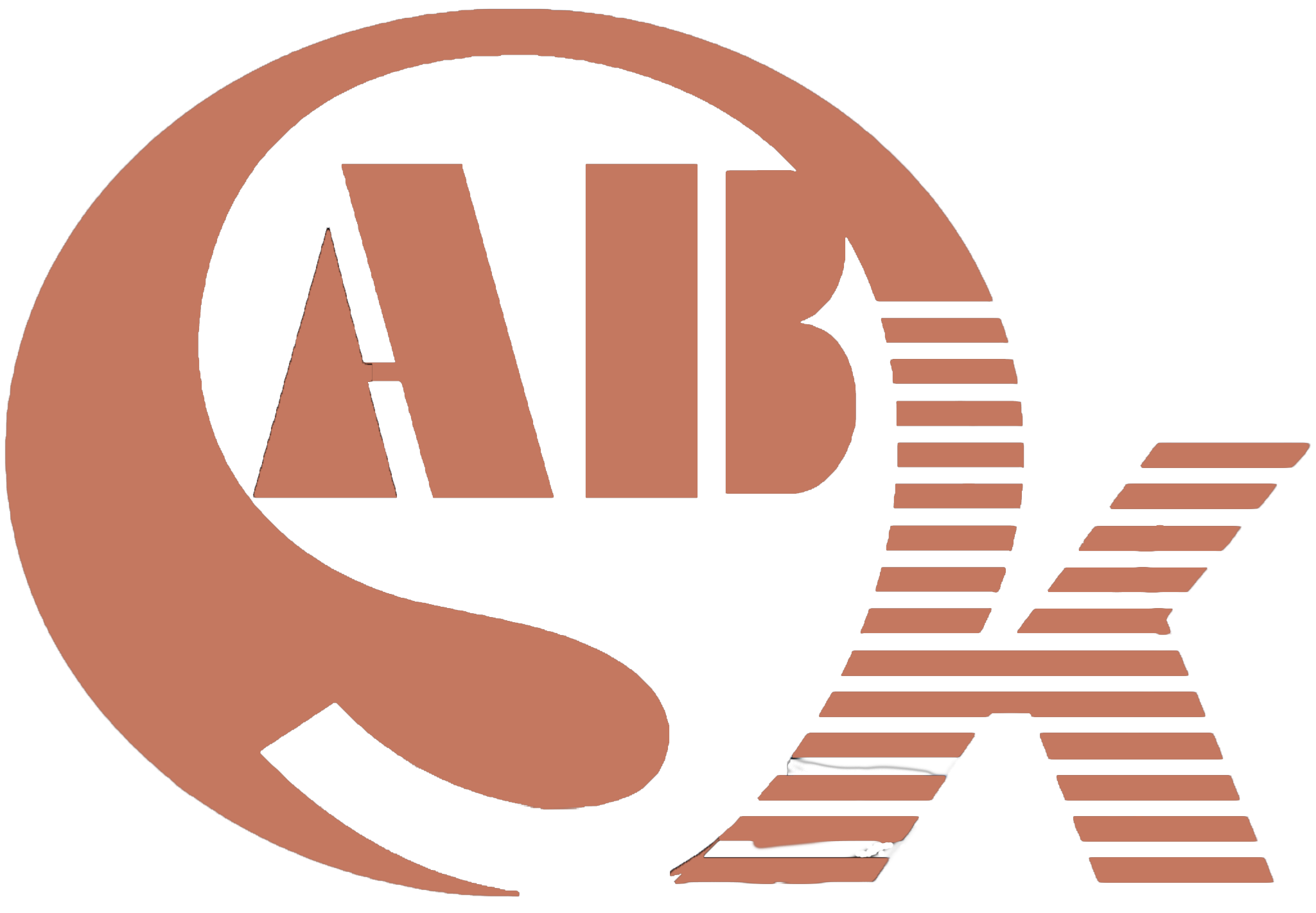Efficiency Unleashed: Navigating the Workload and Versatile Applications of Welding Rotators
In the realm of welding technology, understanding the workload capabilities and broad applications of welding rotators is pivotal for businesses aiming to optimize efficiency and precision. This article delves into the intricacies of workload considerations and the versatile scope of applications for welding rotators, providing insights to assist individuals in tailoring this technology to specific needs.
Deciphering Workload Capabilities: Unveiling the Power of Welding Rotators
1. Workload Dynamics:
- Welding rotators’ workload capabilities refer to their capacity to handle specific tasks within defined parameters. Recognizing these capabilities is essential for optimizing efficiency and preventing underutilization or strain on the equipment.
2. Adapting to Varied Workloads:
- Tailoring welding rotators to match workload requirements is key to unlocking their full potential. This ensures the equipment operates at peak efficiency, meeting project demands without unnecessary strain or compromise in performance.
Versatile Applications: Exploring the Extensive Scope of Welding Rotator Technology
1. Vessel and Tank Welding:
- Welding rotators find extensive application in the construction and welding of vessels and tanks. The technology enables the rotation of these heavy structures, facilitating precise welding for consistent and robust joints.
2. Pipe Fabrication:
- In pipe fabrication, welding rotators play a crucial role in handling and rotating long sections of pipes. This versatile application ensures uniform welding along the entire length, enhancing the overall quality of welded pipelines.
3. Wind Tower Production:
- Welding rotators contribute to wind tower production by facilitating the welding of tower sections. The rotation capability ensures comprehensive coverage, resulting in seamless joints and structural integrity in wind turbine constructions.
4. Aerospace Component Manufacturing:
- The aerospace industry leverages welding rotators for the assembly of components. Rotators aid in the precise welding of intricate aerospace structures, contributing to the overall strength and durability of components.
5. Construction of Large Structures:
- Large-scale construction projects benefit from welding rotators in the assembly of substantial structures. Whether it’s bridges, frameworks, or architectural elements, rotators ensure uniform and efficient welding, meeting the demands of diverse construction applications.
Tailoring Solutions: Customizing Welding Rotators for Specific Workloads
1. Adjustable Settings:
- Modern welding rotators offer adjustable settings to optimize equipment for specific workloads. Operators can customize rotation speed, torque, and other parameters to match the unique requirements of each welding project.
2. Specialized Welding Modes:
- Rotators equipped with specialized welding modes enhance workload adaptability. Different welding modes cater to specific joint configurations and materials, ensuring that the rotator is optimized for various welding scenarios.
Efficiency Unleashed: Streamlining Workloads for Enhanced Productivity
1. Time and Cost Savings:
- Efficient workload management with welding rotators translates to time and cost savings. Rotators facilitate continuous welding without the need for manual repositioning, reducing project timelines and optimizing resource utilization.
2. Consistent Weld Quality:
- Optimizing welding rotators for specific workloads ensures consistent weld quality. This is especially critical in industries where uniformity in weld strength and precision is paramount, guaranteeing the reliability of welded components.
Conclusion: Revolutionizing Welding Efficiency with Rotator Technology
In conclusion, understanding the workload and versatile applications of welding rotators is integral to revolutionizing welding efficiency. Businesses can harness the power of this technology by tailoring rotators to specific workloads, whether in vessel and tank welding, pipe fabrication, wind tower production, aerospace manufacturing, or large-scale construction. By optimizing welding rotators for varied workloads, businesses not only enhance productivity but also uphold consistent quality across diverse welding projects. The efficiency unleashed by welding rotators positions them as indispensable tools, paving the way for advancements in welding technology and ensuring businesses stay at the forefront of the industry.
